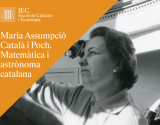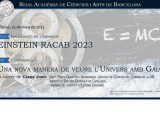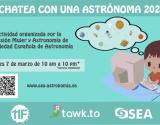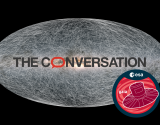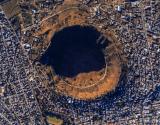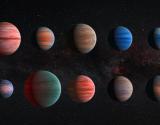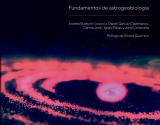Astronomer Carme Jordi gave the talk on the Gaia mission A billion eyes for a billion stars in the Astrobanyoles Association, last January. You can retrieve it on the YouTube channel of the Association.
Carme Jordi is a researcher at our Institute and a professorat the Faculty of Physics of the University of Barcelona. She is a member of the Gaia team at UB, and her research is framed in galactic astronomy and stellar physics, in particular, the physical characterization of stars and star clusters as tracers of the Galaxy's disk. Her research is based on astrometric, photometric and spectroscopic observations made from observatories in Catalonia, Spain, Chile, Mexico, France, Hawaii and from space.
The Gaia project is one of the most technologically advanced and precise instruments ever built in space. Its two telescopes are mounted on a silicon carbide toroidal structure that is both durable and lightweight. Its solar panels provide the necessary energy for the satellite (little more than what is needed for a dishwasher). The installation of each element on the satellite must be extremely precise to ensure the success of operations during the mission.
About the author
Carme Jordi is an astronomer, professor in the Department of Quantum Physics and Astrophysics and the Institute of Cosmos Sciences at the University of Barcelona, and a member of the Institute of Space Studies of Catalonia. His research focuses on the space mission of the European Space Agency (ESA), Gaia, which aims to create the largest and most accurate three-dimensional map of our Galaxy by conducting a survey of one billion stars with unprecedented accuracy in position and movement. Carme Jordi is also an active science disseminator, she participates in the "Toc-Toc" program of La UBDivulga, and gives talks and conferences in several centres and entities. She is also a professor at the "Universitat de l'Experiència de la UB", where she teaches astronomy for people older than 55 years old.
